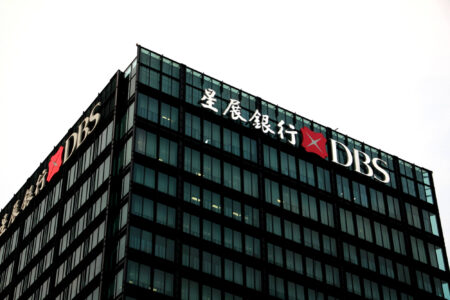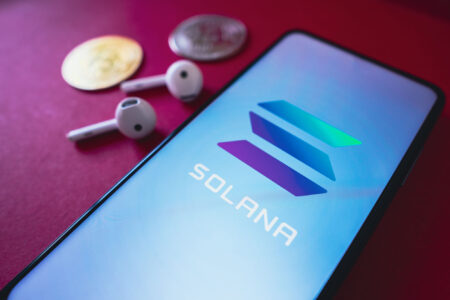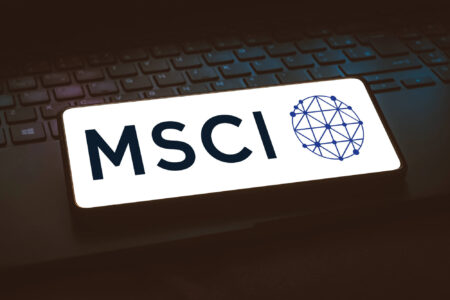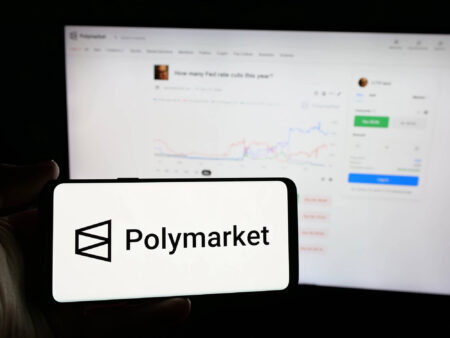Selected articles of the week:
A historic week in the blockchain world is coming to an end. With the “Merge”, the largest blockchain network Ethereum completed one of the most complex network upgrades ever. The switchover of the consensus algorithm had to be carried out in full operation due to the 24/7 nature of the network, which represented a risk for the well over $200 billion in digital assets underlying the system. However, the many years of preparation paid off and the transition to Proof of Stake took place without any complications. For the end users of the blockchain, not much changes, but the changeover has significant implications for the network itself and its native cryptocurrency Ether (ETH).
The merge, Ethereum’s consensus transition to Proof of Stake, successfully proceeded without any further complications.
The “Merge” is the first step of the next phase of Ethereum. The switch to Proof of Stake is not only a change in consensus, it also lays the foundation for a thriving network ecosystem. A reduction in energy consumption of over 99% coupled with a reduced inflation rate of the native token including a staking payout, qualifies Ether as an interesting technology investment. Finally, the merge will set the stage for scaling techniques such as “sharding”, which will bring the network the opportunity for a capacity boost. A closer look into the future of the largest smart contract platform.
The Ethereum blockchain’s move from PoW to PoS (“The Merge”) will take place in mid-September and will transform decentralized networks.
Blockchain is the best-known form of distributed ledger technology (DLT). The technology makes it possible to trust the message rather than the transmitter. Blockchain networks have evolved tremendously since 2009 when Bitcoin first appeared in the public consciousness. What was originally developed as an all-encompassing platform is now divided into different layers. An overview of the terms “Layer 0, 1 & 2” and the different approaches that currently can be observed in the Blockchain ecosystem.
The blockchain ecosystem is increasingly relying on a multi-layer model. An insight into the different “layers” of DLT.
DBS is another financial giant entering the metaverse. Singapore’s largest bank is partnering with crypto game Sandbox to form a metaverse to promote a more sustainable world. The partnership is intended to create a “convincing” use case for Sandbox while also preparing a new generation of technologically savvy employees for future endeavors. In addition, the financial institution aims to provide institutional and high-net-worth individuals with access to new opportunities in the crypto space.
Singpore’s largest bank wants to take its first steps into the metaverse while entering into a partnership with the DeFi game Sandbox.
In addition: The Solana blockchain is home to one of the fastest-growing ecosystems. Characterized by a unique consensus algorithm and a programming language different from common blockchains, a thriving parallel universe is emerging. Particularly in the NFT sector, a decoupling of the general market environment can be observed.
Despite the bear market, the NFT landscape on Solana is recording new highs. A look inside the booming ecosystem.









